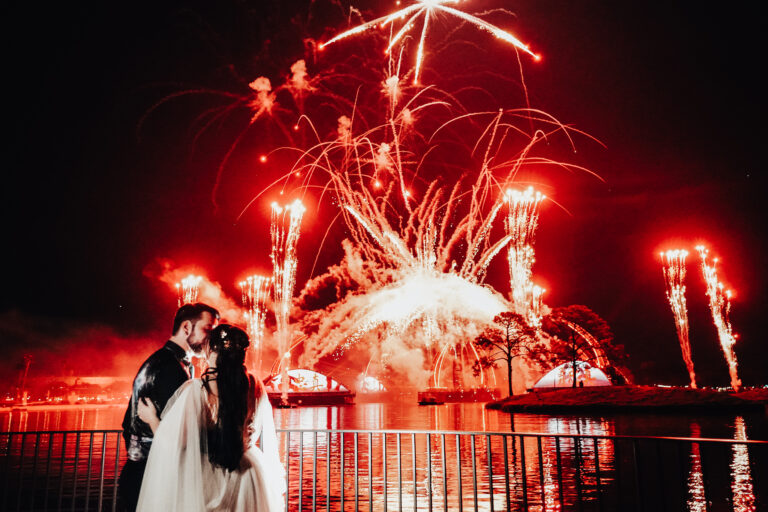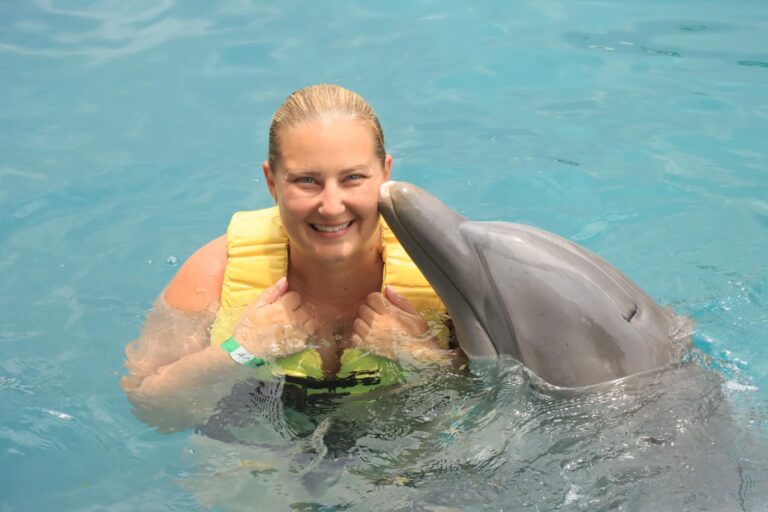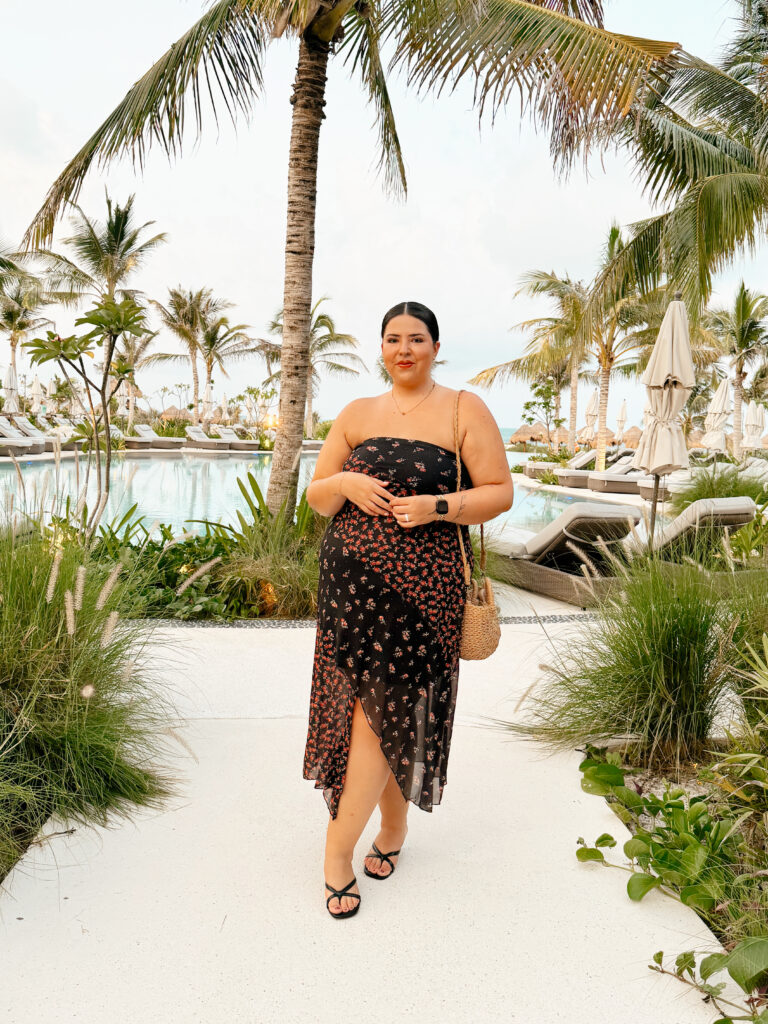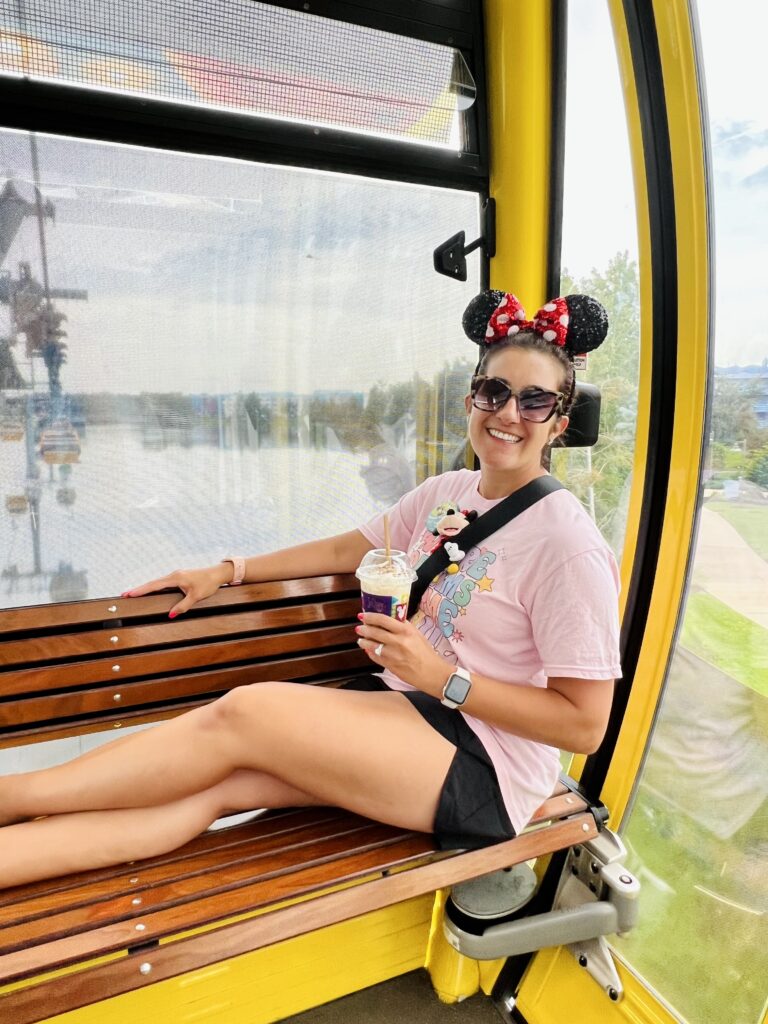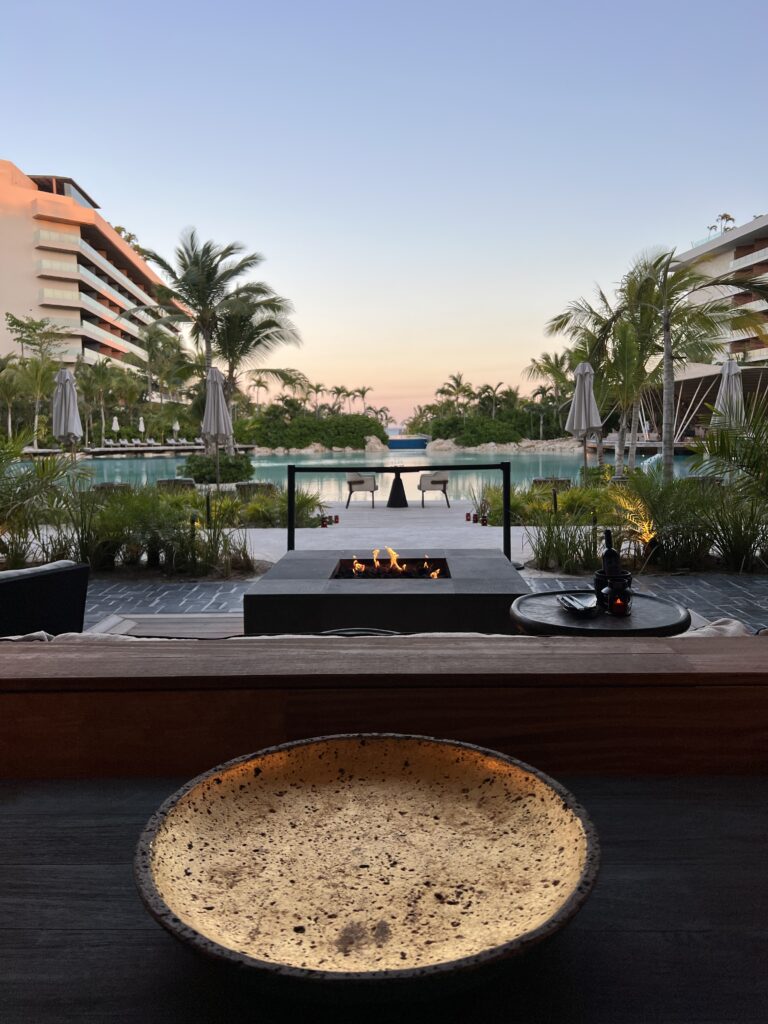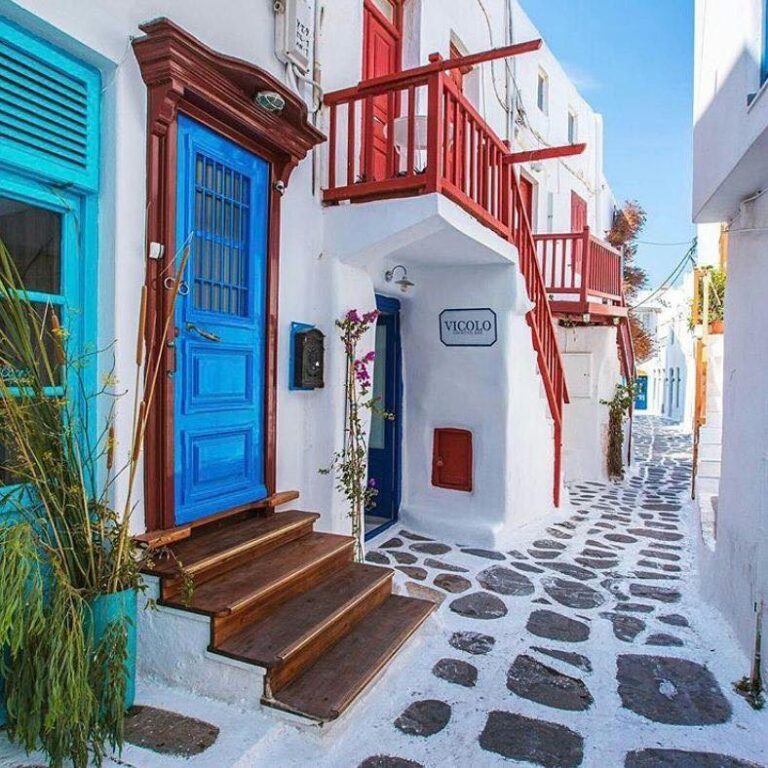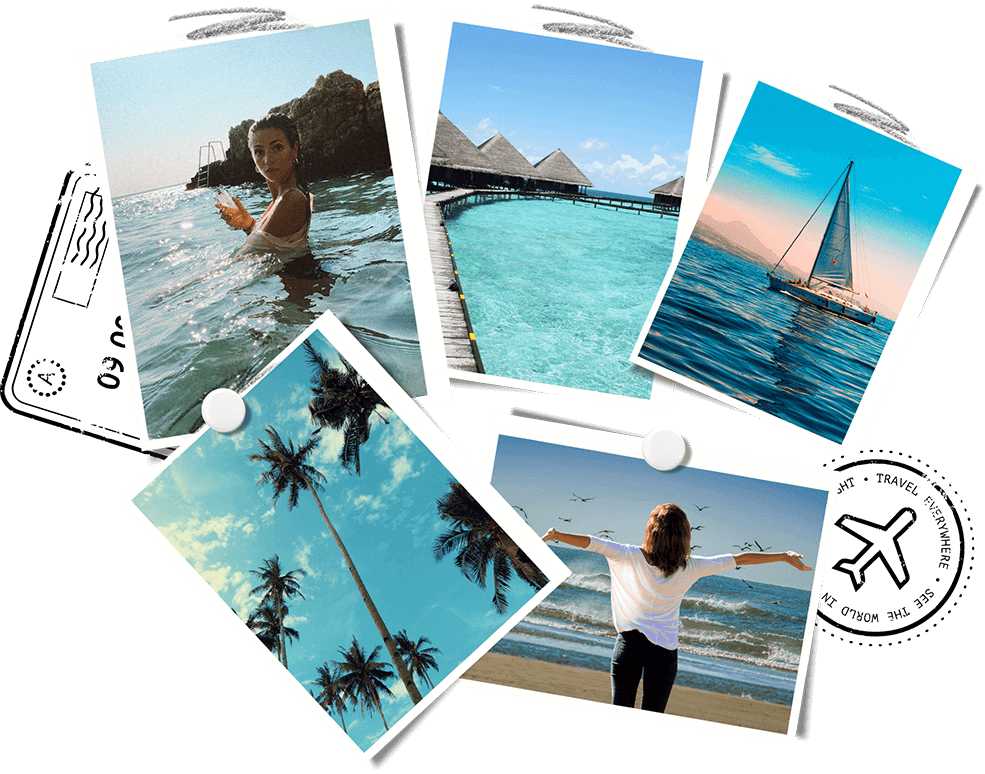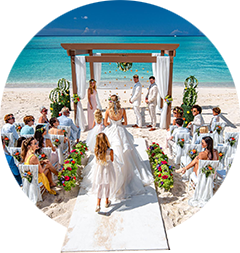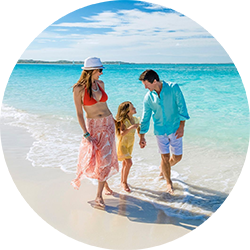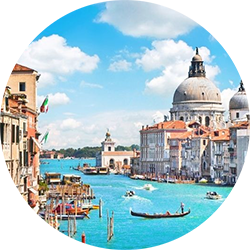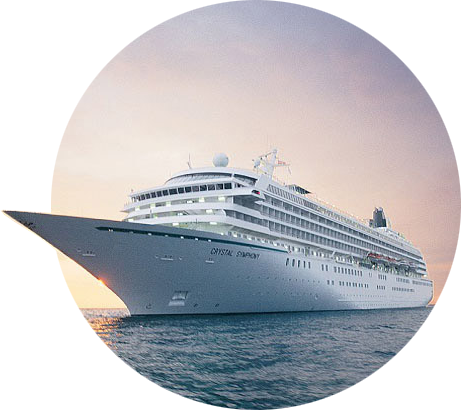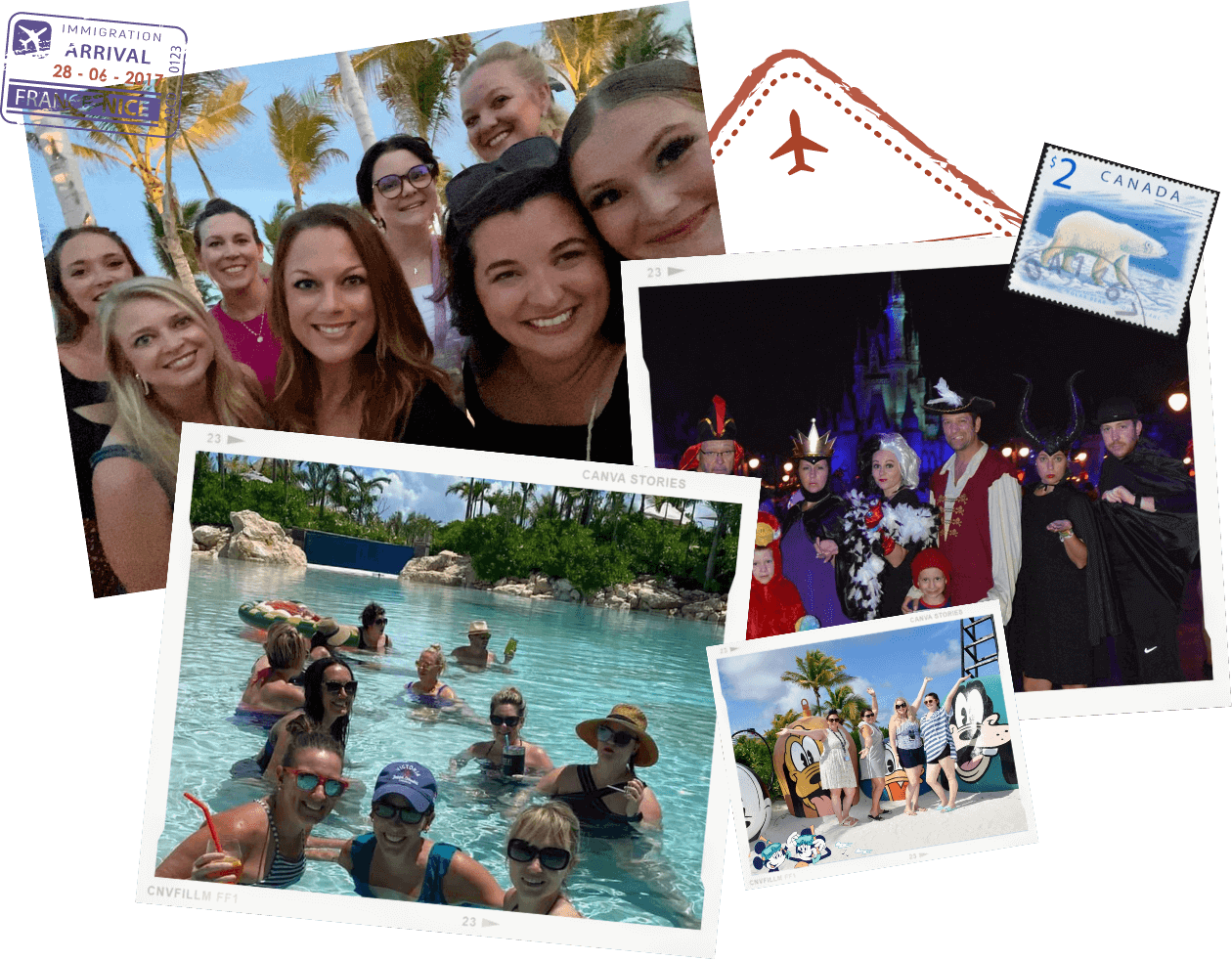Overview
Introduction
If you lumped together all 15 of the Cook Islands, you'd still get a mere speck of landmass—less than a quarter of the size of Rhode Island, the smallest U.S. state. But these tiny bits of land, flung out like expressionist spatters over a vast expanse of the South Pacific, are among the world's most idyllic tropical islands.
For the most part, the Cook Islands haven't changed a great deal since the arrival of English missionaries and warships more than a century ago. The Cooks are as beautiful as ever, and visitors will find them to be charming, clean, safe and friendly. T
However, with the growing influx of visitors these days, you'll have to share the islands with a lot more people than before, especially in July and August when New Zealanders spend their winter holidays there. The Cooks are a protectorate of New Zealand, and as aid from New Zealand has decreased, the government has turned increasingly to tourism for income. At times, the islands can seem jammed with tourists.
Geography
The Cook Islands are a beautiful sampling of the South Pacific—from the high volcanic island of Rarotonga to the low hills of Atiu and the atoll reefs of Aitutaki.
There are 15 main islands, located about halfway between Hawaii and New Zealand. They are divided into two groups, the Northern Islands (flat coral atolls) and the Southern Islands (all except Rarotonga are raised coral atolls). The Southern Islands (nine of the 15 islands) are home to more than 90% of the population, with the vast majority residing on Rarotonga, the capital.
History
The first settlers were Polynesians, who arrived around AD 1200 from present-day French Polynesia and who went on to settle New Zealand 150 years later. Cook Island Maoris, descendants of the original Polynesians, today make up a vast majority of the population.
The islands were named after British explorer Capt. James Cook, though he was not the first European to come across them. One of the islands had been reported in the late 1500s by Spanish explorer Alvaro de Mendana. Cook found some of them in 1773 and 1777, but legend says that Rarotonga, the largest, was "discovered" by the mutinous crew of H.M.S. Bounty during their search for a hideaway after overthrowing Capt. William Bligh in 1789. An English missionary, the Rev. John Williams, claimed to have discovered Rarotonga in 1821. He landed other missionaries, who converted the islanders to the Cook Islands Christian Church, to which about 60% of them still belong. Otherwise, the islands played no role on the world stage.
Great Britain claimed them during the expansion of colonialism in the 19th century but transferred them to New Zealand's administration in 1901. They were granted self-governing status in association with New Zealand in 1965 and came to the world's attention only when the international airport opened the islands to tourism in 1978.
Snapshot
Ths islands' foremost attractions include gorgeous scenery, an even climate year-round, deep-sea fishing (primarily off Rarotonga and Aitutaki), traditional dances, reef walking, horseback riding, snorkeling and scuba diving, volcanic peaks, beaches, crystal clear lagoons, sailing (hotels can arrange it), good pubs and thousands upon thousands of palm trees.
The Cook Islands will appeal to travelers looking for an affordable South Pacific holiday on islands with excellent beaches. Don't go if you want to escape the crowds.
Potpourri
Dancers in the Cooks are among the best in the South Pacific. The hura is a frenzied (and very suggestive) dance that makes Hawaii's hula look downright puritanical.
Friday is "let loose and paaarrtaay" night in the Cook Islands. For particularly spirited entertainment and dancing with the residents, be sure to make the obligatory pub crawl through Avarua, the main town. On Saturday, bars and restaurants close by midnight in anticipation of Sunday's well-attended church services.
If you're there on a Sunday, be sure to listen to the glorious hymn singing at the Cook Islands Christian Churches. Through the years, the Maoris, who were taught traditional English hymns by missionaries, have adapted the words to their own unique harmonies.
The first European visitors to Aitutaki were Capt. William Bligh and the crew of the HMS Bounty.
There are many species of rori (sluglike sea cucumbers) on Cook Island beaches. Hard as it may be to believe, the red-colored entrails of these slimy sea creatures are considered a delicacy in China.
The island's mynah birds were brought from India to control insects. Now their loud squawks serve as unwelcome natural alarm clocks.
Kia orana means hello.
No one can remember why, but there are no dogs on Aitutaki.
On Rarotonga, golf balls hitting the radio station's guy wires are in play, while those hit onto the runway at the Aitutaki airport are not.
If you visit the Arai-te-Tonga stone sacrificial altars just east of Avarua, don't walk on the stones: They're considered sacred by the local people.
If you don't get to view the island before landing, be sure to take the 20-minute flight-seeing tour offered by Air Rarotonga. It's more than worth the time and money.
More Cook Islanders live abroad (mainly in New Zealand ) than actually live in the Cook Islands.
Location
The
Tahitian Princess, which regularly arrives from Papeete, and other infrequent vessels lie offshore and tender their passengers to Avatiu Harbor, on the western end of Avarua. The small, exposed port has no facilities for cruise passengers, but locals provide entertainment and cultural exhibitions, and tour operators offer the same island excursions available to other visitors.















